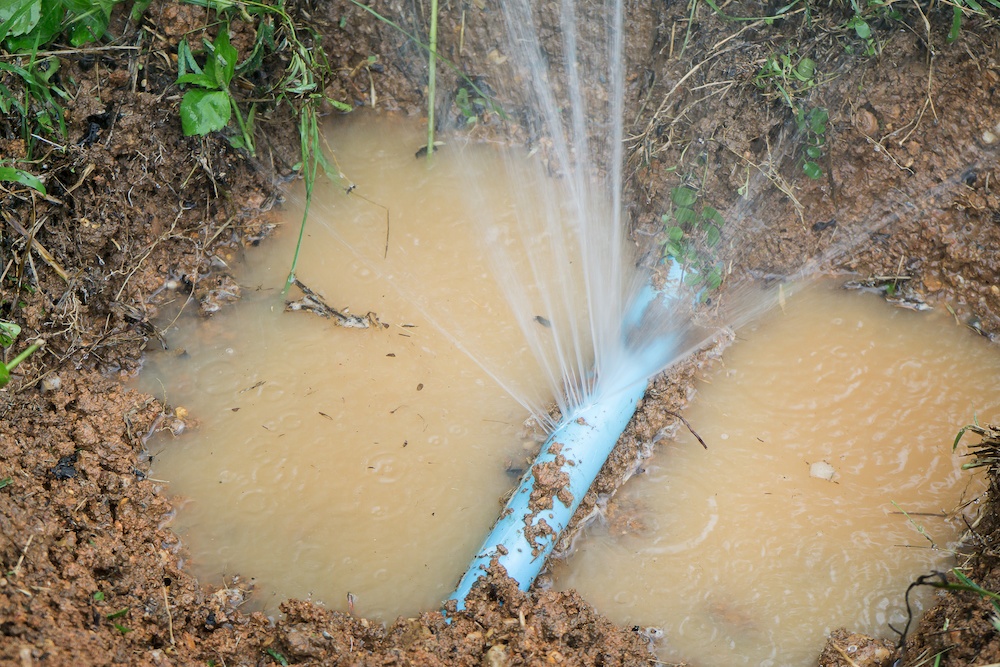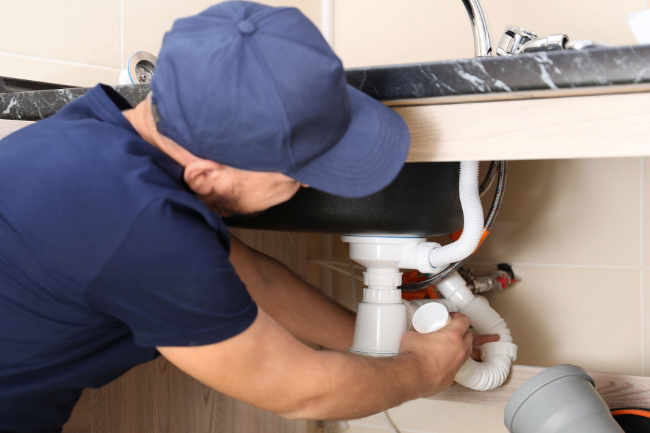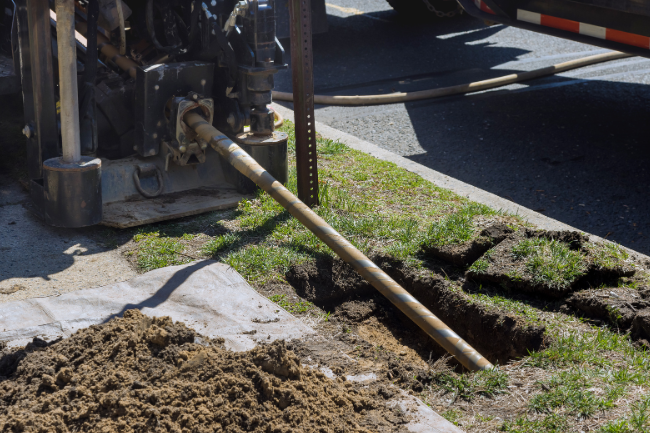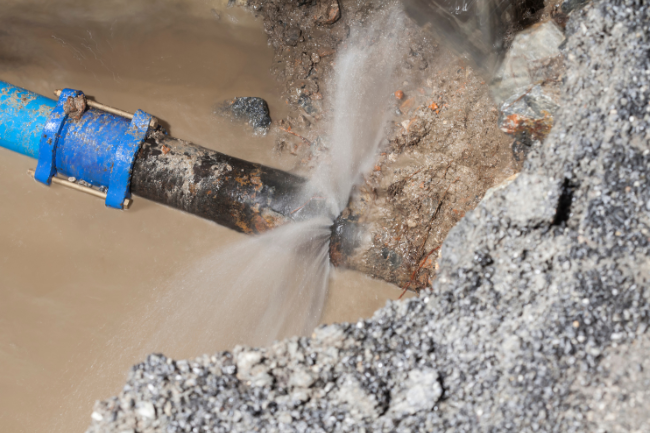Do You Need to Replace Your Main Water Line?
Posted by William Heinselman on

A residential main water line is an often neglected, but absolutely critical component of a home’s plumbing system. As the pipe that carries water into the home, the main water line undergoes constant use. If any problems develop in the line, they could disrupt service, inflict serious property damage, and, in some cases, lead to significant health hazards.
Since the main water line is typically buried, it’s difficult to assess the pipe’s condition on a regular basis. In most cases, adopting an “out of sight, out of mind” attitude is perfectly reasonable. Depending upon what the pipe is made of, water lines will usually last anywhere from 20 to 100 years. Many people will live in the same home for decades without even knowing where the line is located!
How To Know When You Have a Break
Fortunately, when something does go wrong with a main water line, the results tend to be difficult to miss. Here are a few indications that a water line is experiencing problems:
- Drop in Water Pressure: As the pipe that brings water into the home, any break or clog in the line will usually result in less water making its way through to fixtures and faucets. Isolated drops in pressure, affecting only one shower head or sink, might indicate a problem with the lines somewhere inside the home, while a uniform drop in pressure that affects the entire home most likely indicates an issue with the the supply line.
- Higher Water Bills: A very minor leak may not be enough to significantly affect water pressure, but since water is constantly running through the line, it will lead to substantial waste over time. If water bills are consistently higher than normal and the usual culprits (leaky faucets, damaged sprinkler systems, etc) have been eliminated, it may be time to inspect the main water line.
- Pools of Water in the Yard: Ranging anywhere from a wet patch of unusually vibrant grass to a muddy fountain springing up from nowhere, this is the most obvious (and serious) indication of a water line break (or if it’s accompanied by a foul stench, a sewer line break). Even if water pressure within the home isn’t seriously affected, this problem should be addressed immediately. Water seeping into the soil around the pipe will gradually loosen it and turn the yard into a swampy morass. In addition to driving water bills through the roof, the mud is an ideal breeding ground for insects and can lead to more serious problems with the home’s water supply.
- Contaminated Water: Cracks and breaks in a water line can allow dirt and debris to flow into the water moving on to the house. These foreign materials often contain toxic chemicals and can create a breeding ground for bacteria once they’re in the home’s water lines, posing a serious health risk to everyone inside. If water coming from the faucets has a grainy texture, a strange smell, or looks unusually cloudy, it’s very possible the main water line has been compromised in some way.
So Your Water Line is Broken…Now What?
Once the problem has been isolated to the main water line, the next question to ask is whether the line should be repaired or replaced.
In many cases, repair is simply not an option.
Older homes built before 1960 may have lead or galvanized water lines, which are banned not only from being used in new construction in many states (including California), but also from being repaired at all. Lead poses significant long term health risks, and galvanized pipe corrodes from the inside out over time.
If the pipe has been repaired previously, additional repairs may address the immediate problem, but also make it more likely to fail again in the future. The cost of these frequent repairs will very quickly exceed the cost of replacing the line altogether. The overall age of the pipe needs to be considered as well. Many materials become more brittle with age and are more prone to failure over time.
Of course, repairing a water line isn’t always as simple as it sounds. First, plumbers will need to locate the leak, which can be quite time and labor intensive if house is set far back from the municipal line near the street. This can involve a lot of destructive digging. Even after they’ve located the break, they may find that it will be difficult to patch. By the time they’ve done all that digging, it might make more economic sense to simply replace the whole pipe.
Fortunately, modern trenchless technology offers a cost-effective middle ground between repair and replacement options. By employing the same pipe-lining techniques used to rehabilitate sewer lines with epoxy-based resin, experienced plumbers can repair water lines without going through the lengthy and expensive work of digging up the old pipe. In many cases, a trenchless solution can be utilized even with older pipes that plumbers could not otherwise repair.
Whether you’re considering repairs to your existing water line or opting for a complete replacement, make sure you contact an experienced plumbing contractor to help you fully explore your options. They can provide the best estimates on how much the work will cost, what local regulations will apply to the work, and whether or not a trenchless solution can be applied.
Topics: Pipe Bursting, Trenchless Technology, Pipe Leaks and Repair







